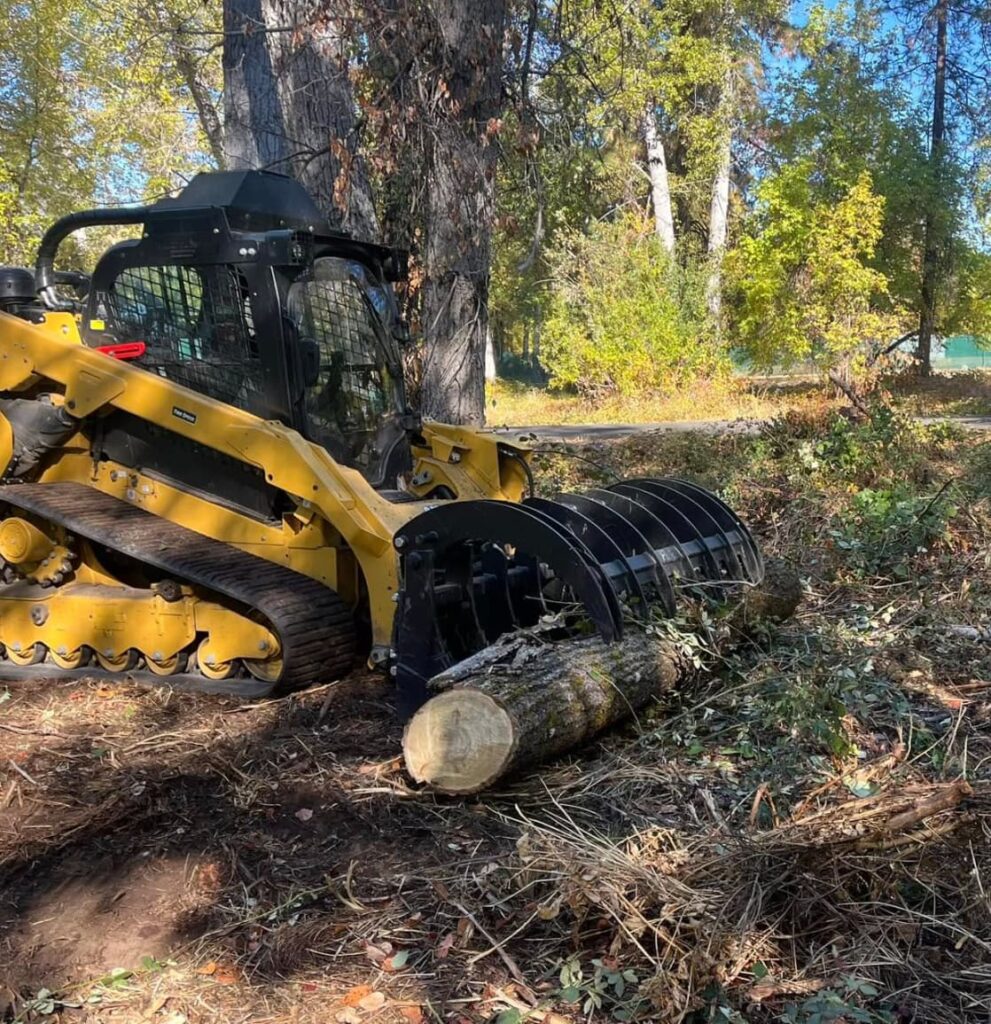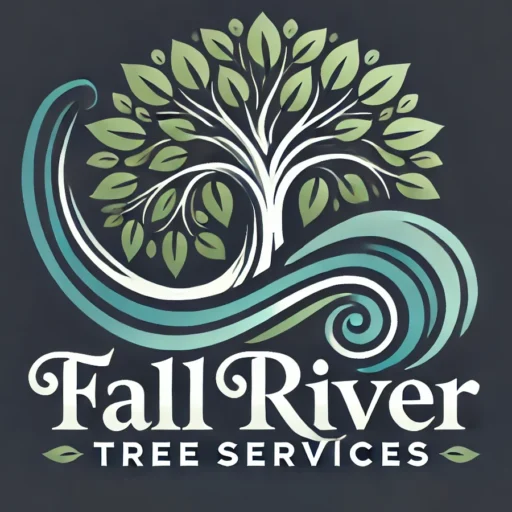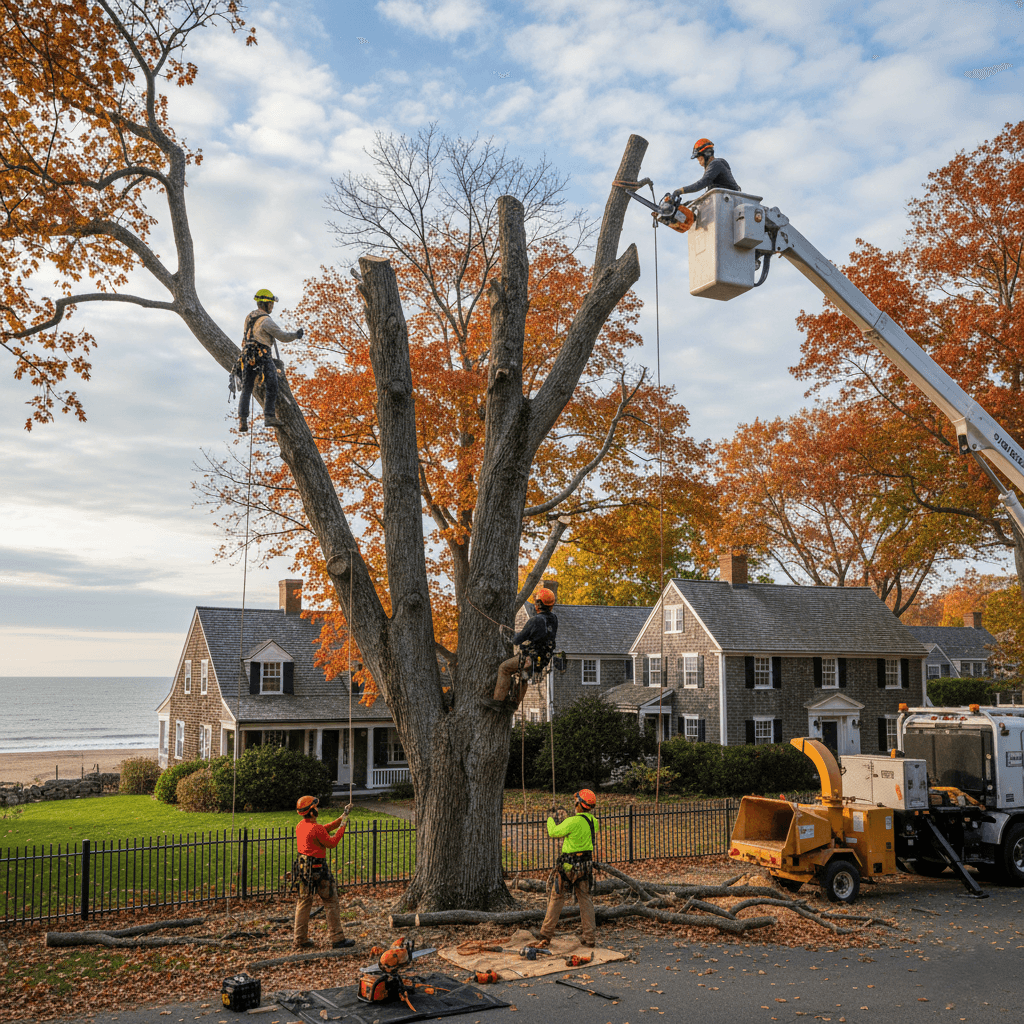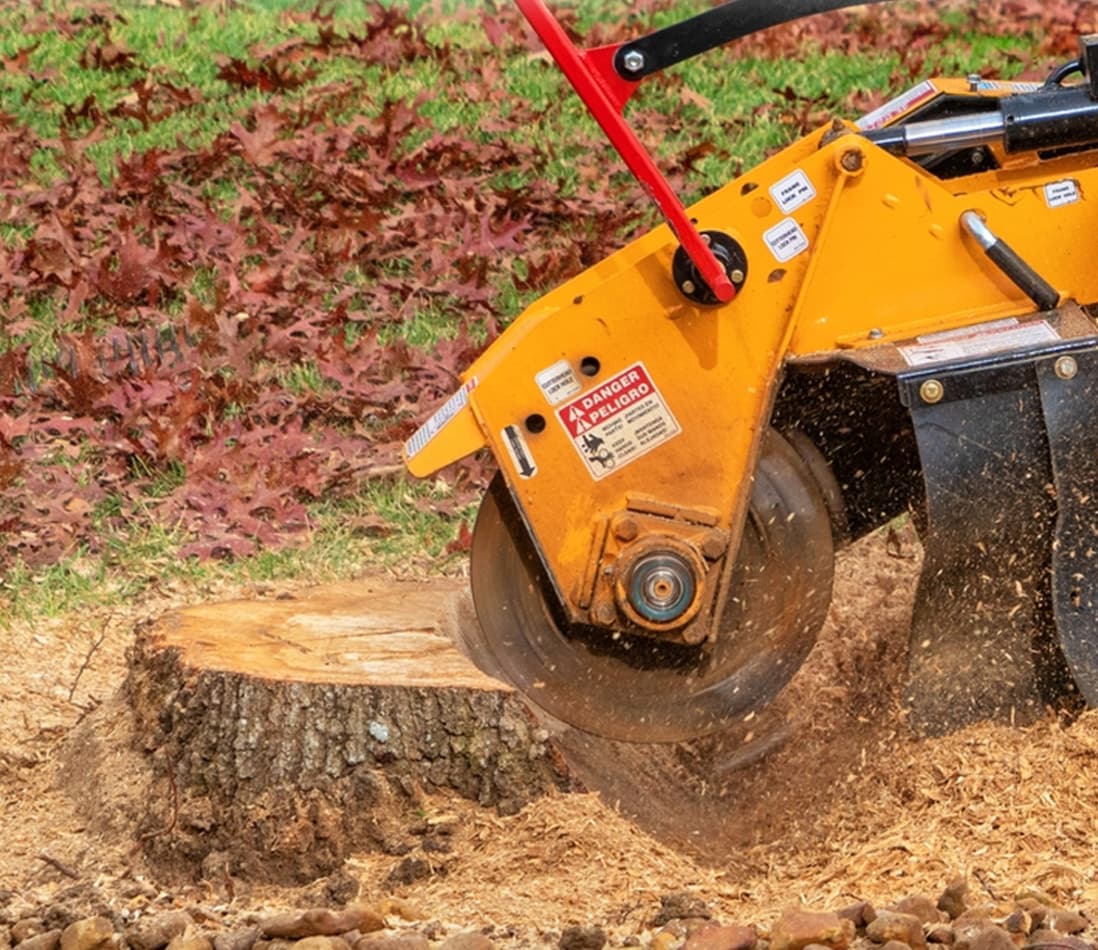
The Top Mistakes to Avoid During Land Clearing
Land Clearing Fall River
Land clearing projects in Fall River, Massachusetts, require careful planning and execution to achieve successful results while avoiding costly mistakes. Whether you’re preparing a lot for new construction near the Taunton River waterfront, creating space for agricultural use in the outlying areas, or clearing overgrown property around established neighborhoods like the Highlands, understanding common pitfalls can save you time, money, and legal complications. Professional land clearing services help property owners navigate these challenges, but knowing what to avoid ensures your project proceeds smoothly from start to finish.

Failing to Research Local Permits and Regulations
One of the most expensive mistakes in land clearing involves starting work without proper permits or understanding local regulations. Fall River has specific ordinances governing tree removal, soil disturbance, and environmental protection that vary depending on your property’s location and the scope of your clearing project.
Properties near wetlands, which are common throughout Fall River due to its coastal location and proximity to the Quequechan River system, may require additional environmental permits before beginning land clearing work. The Massachusetts Wetlands Protection Act and local conservation commission requirements can significantly impact your project timeline and methods.
Historic districts around Fall River also impose additional restrictions on land-clearing activities. Properties near landmarks like Battleship Cove or within designated historic areas may require special approval for tree removal or landscape modifications. Researching these requirements before beginning work prevents costly stop-work orders and potential fines.
Contact Fall River’s building department and conservation commission early in your planning process to understand all applicable regulations. Professional land clearing companies familiar with local requirements can help navigate these regulatory requirements and ensure compliance throughout your project.
Inadequate Site Assessment and Planning
Rushing into land clearing without a thorough site assessment leads to numerous problems that could be avoided with proper planning. Successful projects begin with a comprehensive evaluation of existing conditions, including soil types, drainage patterns, existing vegetation, and potential hazards.
Fall River’s varied topography and soil conditions require different approaches to land clearing. Areas with clay soils common near the waterfront may require different equipment and techniques than the sandier soils found in other parts of the city. Understanding these conditions beforehand prevents equipment problems and ensures appropriate methods are used.
Survey your property boundaries carefully before beginning land clearing work. Accidentally clearing neighboring property creates legal problems and potential liability for damages. Professional surveys may be necessary to establish exact boundary lines, especially on older properties where markers may have been disturbed over time.
Identify underground utilities before any excavation work begins. Massachusetts requires utility marking through Dig Safe, but property owners should also identify private utilities like septic systems, wells, or irrigation lines that may not be included in public utility marking services.
Ignoring Environmental Impact and Erosion Control
Environmental protection should be a primary consideration throughout any land clearing project. Improper clearing techniques can cause soil erosion, water pollution, and habitat destruction that result in regulatory violations and expensive remediation requirements.
Fall River’s coastal location makes erosion control particularly important during land clearing projects. Removing vegetation without implementing proper erosion control measures can lead to sediment runoff into nearby waterways, potentially violating Clean Water Act regulations and local environmental ordinances.
Plan for stormwater management during and after land clearing work. Exposed soil is vulnerable to erosion during heavy rains common in New England, especially during spring and hurricane season. Temporary erosion control measures like silt fencing, hay bales, or erosion blankets may be required during active clearing work.
Consider the timing of land clearing work relative to wildlife breeding seasons. Massachusetts regulations may restrict clearing activities during certain times of year to protect nesting birds or other wildlife. Professional land clearing services understand these timing requirements and can schedule work appropriately.
Using Inappropriate Equipment or Techniques
Selecting the wrong equipment for land clearing can damage your property, create safety hazards, and significantly increase project costs. Different clearing objectives require different approaches, and what works well in one situation may be completely inappropriate for another.
Heavy equipment like bulldozers can be efficient for large-scale clearing, but may cause excessive soil compaction or damage to areas you want to preserve. In contrast, hand clearing methods may be too slow and expensive for extensive projects but offer precision for selective clearing around valuable trees or structures.
Consider soil conditions when selecting equipment. Fall River’s varied terrain includes areas with seasonal wetness that may not support heavy equipment during certain times of the year. Working in unsuitable conditions can create ruts, cause equipment to become stuck, and damage soil structure.
Professional land clearing services have access to specialized equipment designed for different clearing objectives. They can match equipment to your specific conditions and goals, ensuring efficient work while minimizing damage to areas you want to preserve.
Neglecting Safety Protocols and Insurance Requirements
Land clearing involves inherent safety risks that require proper precautions and insurance coverage. Heavy equipment, falling trees, and challenging terrain create numerous opportunities for accidents that can result in serious injuries or property damage.
Ensure all workers involved in land clearing projects have appropriate safety training and use proper personal protective equipment. This includes hard hats, safety glasses, steel-toed boots, and high-visibility clothing when working near roads or in areas with multiple operators.
Verify insurance coverage before beginning land clearing work. Property owners should confirm their homeowner’s or commercial insurance covers land clearing activities, while contractors should carry appropriate liability and workers’ compensation insurance. Accidents during clearing work can result in significant financial liability.
Establish clear safety protocols for equipment operation, especially when multiple machines are working in the same area. Communication systems, designated spotters, and established traffic patterns help prevent accidents during complex clearing operations.
Poor Debris Management and Disposal Planning
Land clearing generates enormous amounts of debris that must be properly managed and disposed of. Failing to plan for debris handling can overwhelm your site, create fire hazards, and violate local regulations regarding waste disposal and burning restrictions.
Fall River has specific regulations regarding brush burning and debris disposal that vary by season and current fire danger levels. Open burning permits may be required, and burning may be prohibited entirely during dry conditions or high fire danger periods common during late summer and early fall.
Consider beneficial uses for cleared vegetation rather than treating it all as waste. Tree trunks suitable for lumber, firewood, or wood chips for landscaping can offset some clearing costs while reducing disposal requirements. However, ensure any wood products are free from invasive species or diseases that could spread to other areas.
Plan debris staging areas that don’t interfere with ongoing work or create safety hazards. Large piles of brush and logs can become fire hazards and may attract pests if left unmanaged for extended periods. Professional clearing services have efficient methods for processing and removing debris as work progresses.
Inadequate Consideration of Future Land Use
Successful land clearing requires thinking beyond the immediate clearing objective to consider how the land will be used in the future. Decisions made during clearing can significantly impact future development options, maintenance requirements, and property values.
Preserve valuable trees that could enhance future development or provide environmental benefits like shade, windbreaks, or erosion control. Mature trees are expensive to replace and add immediate value to developed properties. Selective clearing that preserves the best specimens often produces superior results to complete clearing.
Consider drainage and grading requirements for future use during the clearing process. Establishing proper drainage patterns during clearing is much easier and less expensive than correcting drainage problems after construction or landscaping is complete.
Plan access routes and utility corridors during land clearing to avoid disturbing the same areas multiple times. Future utility installation, construction access, or maintenance requirements should influence clearing patterns and soil preservation efforts.
Underestimating Project Complexity and Timeline
Many property owners underestimate the complexity and time requirements for land clearing projects. What appears straightforward from the surface often involves complications that become apparent only after work begins. Realistic project planning prevents cost overruns and schedule delays.
Weather conditions significantly impact land clearing timelines, especially in New England, where seasonal variations affect working conditions. Winter weather, spring mud season, and summer drought conditions all present challenges that may require schedule adjustments or modified techniques.
Hidden obstacles like buried debris, rock outcroppings, or unexpected wetland areas can significantly complicate clearing projects. Professional site assessment helps identify these potential problems, but some issues only become apparent during actual clearing work.
Build flexibility into project schedules and budgets to accommodate unforeseen complications. Experienced land clearing contractors can provide realistic timelines based on site conditions and seasonal factors that affect work in the Fall River area.
Attempting Complex Projects Without Professional Help
While small-scale clearing projects may be suitable for DIY approaches, larger or more complex land clearing typically requires professional expertise and equipment. Recognizing when to hire professionals prevents mistakes that can be expensive or dangerous to correct.
Professional land clearing services bring specialized knowledge of local regulations, environmental requirements, and safety protocols that most property owners lack. They also have access to appropriate equipment and insurance coverage that may not be available to individual property owners.
Complex sites with steep slopes, wetland areas, or proximity to structures require professional assessment and specialized techniques. Attempting these projects without proper expertise can result in property damage, environmental violations, or safety incidents.
Consider the total cost of professional services versus DIY approaches, including equipment rental, permit costs, disposal fees, and your time investment. Professional services often provide better value when all factors are considered, especially for larger or more complex projects.
Choosing the Right Land Clearing Partner
When professional land clearing services are needed, selecting the right contractor makes the difference between a successful project and a problematic experience. Look for contractors with specific experience in your type of project and familiarity with local conditions and regulations.
Precision Tree Services Fall River brings extensive experience with land clearing projects throughout the Fall River area, from residential lot preparation in neighborhoods like Flint Village to larger commercial and agricultural clearing projects. Our understanding of local soil conditions, environmental regulations, and seasonal factors helps ensure successful project completion.
Verify that any land clearing contractor carries appropriate licensing, insurance coverage, and bonding for your project type. Request references from similar projects and verify their reputation with local regulatory agencies. Professional contractors should be able to discuss permit requirements and environmental considerations specific to your project.
Successful land clearing projects require careful planning, appropriate techniques, and a thorough understanding of local conditions and regulations. By avoiding these common mistakes and working with experienced professionals when appropriate, property owners can achieve their clearing objectives efficiently while protecting their investment and complying with all applicable requirements. Whether you’re preparing land for construction, agriculture, or landscape improvement, proper planning and execution ensure results that meet your goals and enhance your property’s value.



